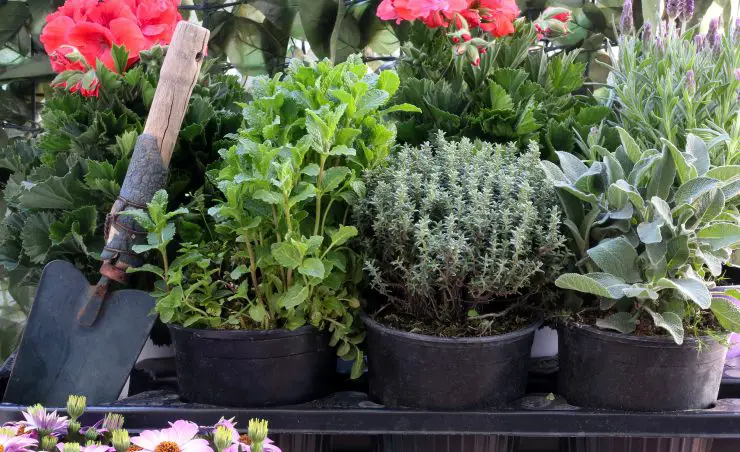Aromatic plants like basil, parsley, and chili play a vital role in Italian cuisine, adding rich flavors to our favorite dishes. Cultivating these herbs at home not only enhances your culinary adventures but also brings natural air purification benefits, absorbing carbon dioxide and releasing oxygen.
Why Protect Aromatic Plants in Winter? Given their delicate nature, especially chili, basil, and parsley, it becomes crucial to shield these aromatic plants during the winter months. While these plants can survive for years if well-cared for, protecting them during colder seasons ensures their continued vibrancy.
How to Safeguard Aromatic Plants in Winter:
- Understand Plant Resilience: Aromatic plants, when properly tended to, exhibit impressive resilience. The Italian climate is particularly favorable, with herbs like marjoram, rosemary, laurel, and mint better equipped to withstand colder temperatures. Basil, however, is more sensitive and can suffer below 10°C.
- Winter Adaptations: Expect to see some dry leaves during winter, but fear not. The plants remain alive and can recover in spring. Trim any dry branches in spring to allow the plant to flourish again.
- Protecting Sensitive Plants: Thyme, sage, chili, and oregano are more susceptible to cold. Shelter them during frost to prevent soil freezing. Use a gravel-rich substrate to avoid water stagnation and, in extremely cold regions, cover the soil with bark to prevent freezing and excess moisture.
- Optimal Watering: Adjust watering practices during winter. Water infrequently, only when the sun is out, to prevent water stagnation. Container-bound plants benefit from nutrient-rich fertilizers at the beginning of the cold season.
- Organic Fertilizers: For culinary herbs, especially those destined for your plate, it’s advisable to use organic fertilizers. These fertilizers, rich in vitamins and amino acids, provide essential nutrients to help the plants endure winter temperatures.
Conclusion: Maintaining aromatic plants during the autumn and winter months doesn’t have to be a daunting task. Follow these simple guidelines, and your kitchen garden will thrive, ensuring a ready supply of fresh herbs for your culinary creations.
Cheers to the Green Thumb Spirit!



